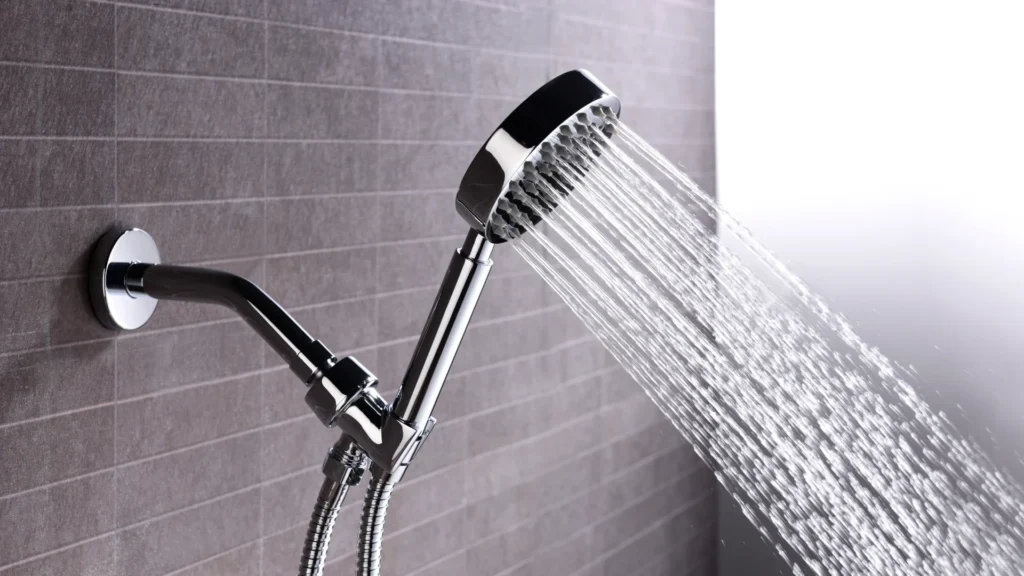Property owners often pay a sewer bill alongside their water bill, which corresponds to the volume of wastewater leaving their homes and undergoing treatment at sewage plants. Households spent roughly $14 to $135 monthly on sewer fees, with potential for reduction. Understanding how your municipality calculates water and sewer fees can help lower costs, especially if charged by usage rather than a flat rate.
Simple actions like installing low-flow faucets can significantly decrease water usage by up to 50%, resulting in yearly savings of $50 to $90 on water bills and additional savings on sewer bills. Adopting water-saving habits like turning off faucets while brushing teeth and reducing shower time can further decrease water consumption. Investing in certified energy-efficient appliances can lead to substantial savings, with potential annual reductions of up to $350 in water costs. Ultimately, cutting water consumption not only saves money but also benefits the environment.
Also: 8 Ways to Lower Your Winter Energy Bills
Addressing Leaks
Make sure there are no leaks in your toilet or kitchen to avoid hefty monthly costs. Spotting leaks just by looking can be tough, but a sudden rise in your bill could indicate a leak. Contact a plumber promptly if you suspect a leak.
Save Bill with Fill Cycle Diverter
Consider purchasing a fill cycle diverter for your toilet if your water bill has been consistently high. This device, which attaches to the fill tube inside the toilet, redirects some water from the bowl to the tank, conserving water without affecting flushing power. It’s cost-effective and offers immediate savings.
Reducing Toilet Flushing Volume
An alternative method involves placing a weighted water bottle in the toilet tank. By adjusting the bottle’s weight with rocks and water, less water is required for each flush. Experimentation with different bottle sizes can optimize water usage per flush.
Upgrading to Dual Flush or Low-Flow Toilets
Additionally, upgrading to a dual flush or low-flow toilet can further conserve water. While dual flush toilets are pricier, they offer long-term water savings. Similarly, newer low-flow toilets consume less water per flush compared to older models. Maintaining the toilet flapper is crucial.
Annual Replacement Toilet Flapper
Consider replacing your toilet flapper annually or opting for an adjustable alternative. The flapper, responsible for retaining water in the tank during flushing, can deteriorate over time, leading to leaks and increased water bills. To avoid unnecessary wastage, it’s advisable to adhere to this household practice.
Low Flow Showerhead

As for showerheads, installing a low-flow option can result in significant water savings compared to older models. Additionally, limiting shower duration and investing in a shower timer can further contribute to reducing your water bill over time.
Sustainable Living
Reducing the volume of water entering your residence results in a decrease in the volume exiting. Installing low-flow faucets is a method to achieve this. These faucets are engineered to limit water flow, maintaining sufficient spray while reducing pressure. Substituting your current faucets with low-flow alternatives could potentially cut water consumption by up to 50%.
Maximum Efficiency
Delaying the utilization of your laundry machine or dishwashing appliance until they are fully loaded can contribute to lowering your expenses. Employing your dishwasher solely when it’s at capacity could eliminate one weekly dishwashing session, thereby conserving approximately 320 gallons of water annually for the average household.
Similarly, reducing the frequency of laundry loads by approximately 25% could result in savings of around 3,227 gallons of water per year. Additionally, a mere 10% reduction in water usage in your washing machine can lead to an extra 1,291 gallons saved annually.
Adjusting Daily Habits
Implementing some straightforward strategies can help trim your water expenses. Begin by altering a few routines. Switch off the tap while brushing your teeth to avoid wasteful water flow. Additionally, consider shortening your shower duration.
Employ a timer to gauge the typical shower duration in your household. Encourage each member to aim for a minute or more reduction, effectively curbing water consumption. It’s a simple method to enhance water efficiency in your residence. Use of energy certified appliances that use less water can reduce your bill.
Conclusion
Reducing your sewer bill is not only possible but also advantageous for your wallet and the environment. By implementing these smart strategies, including fixing leaks, using water-efficient appliances, being mindful of water use, checking your bill for errors, installing low-flow showerheads and faucets, collecting rainwater, being strategic with landscaping, and requesting a sewer audit, you can take control of your expenses and contribute to water conservation efforts in your community.





